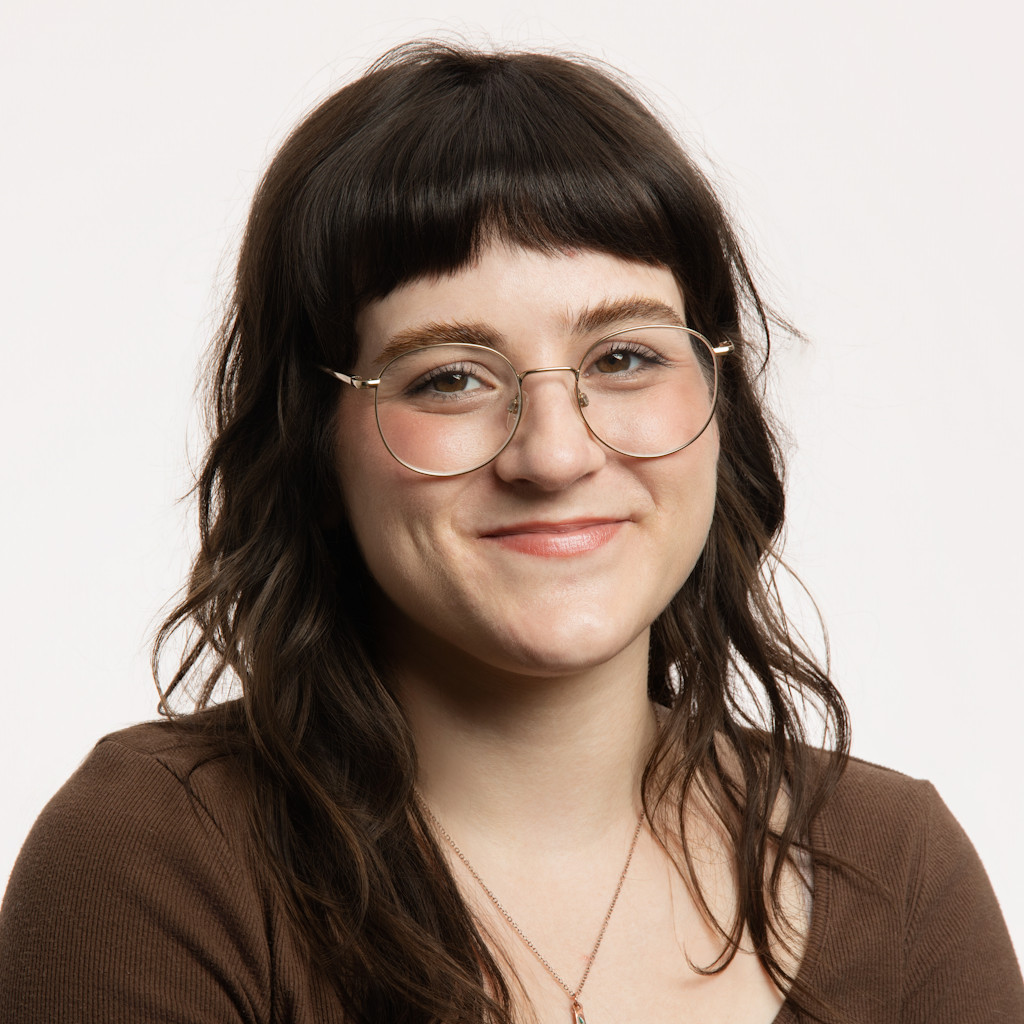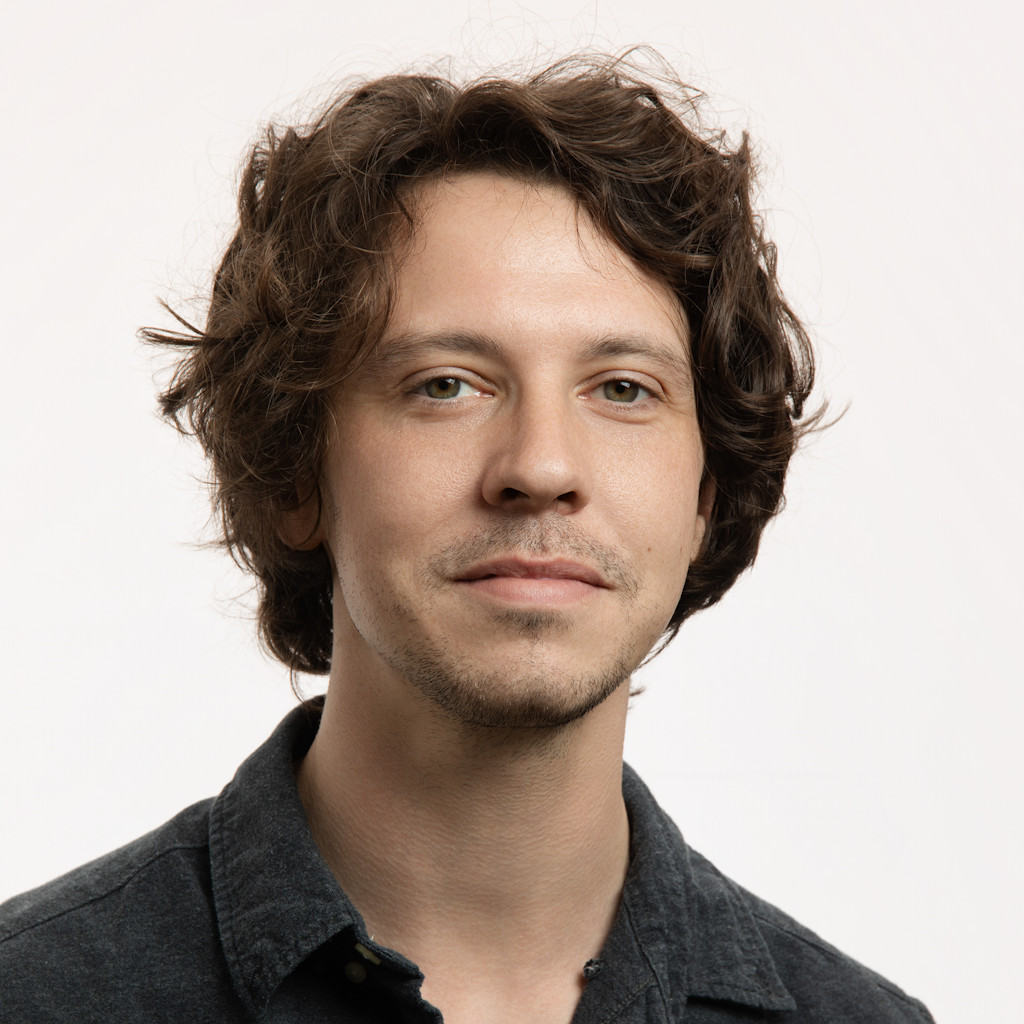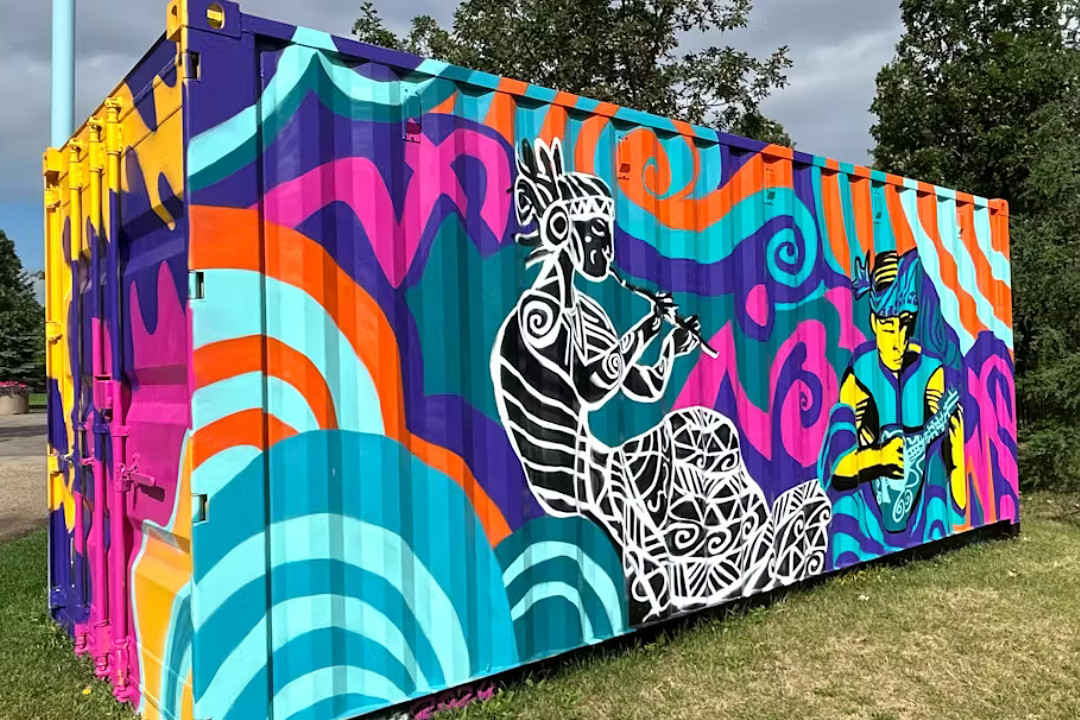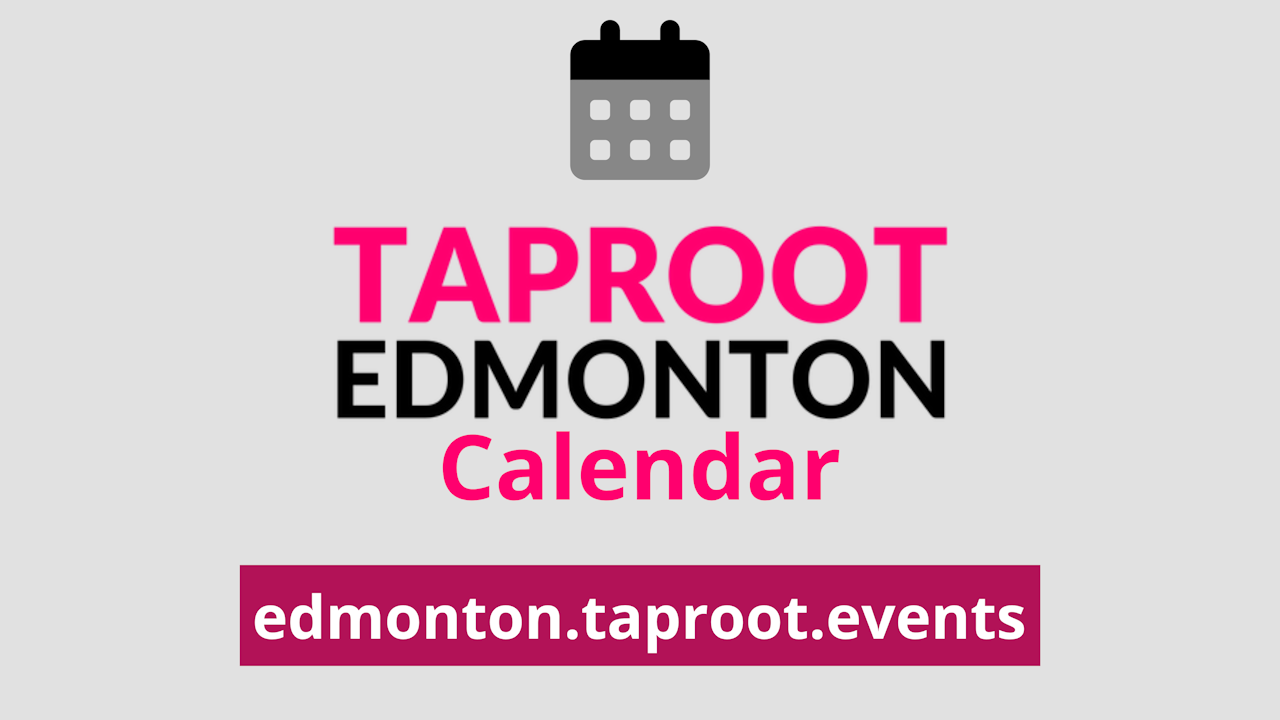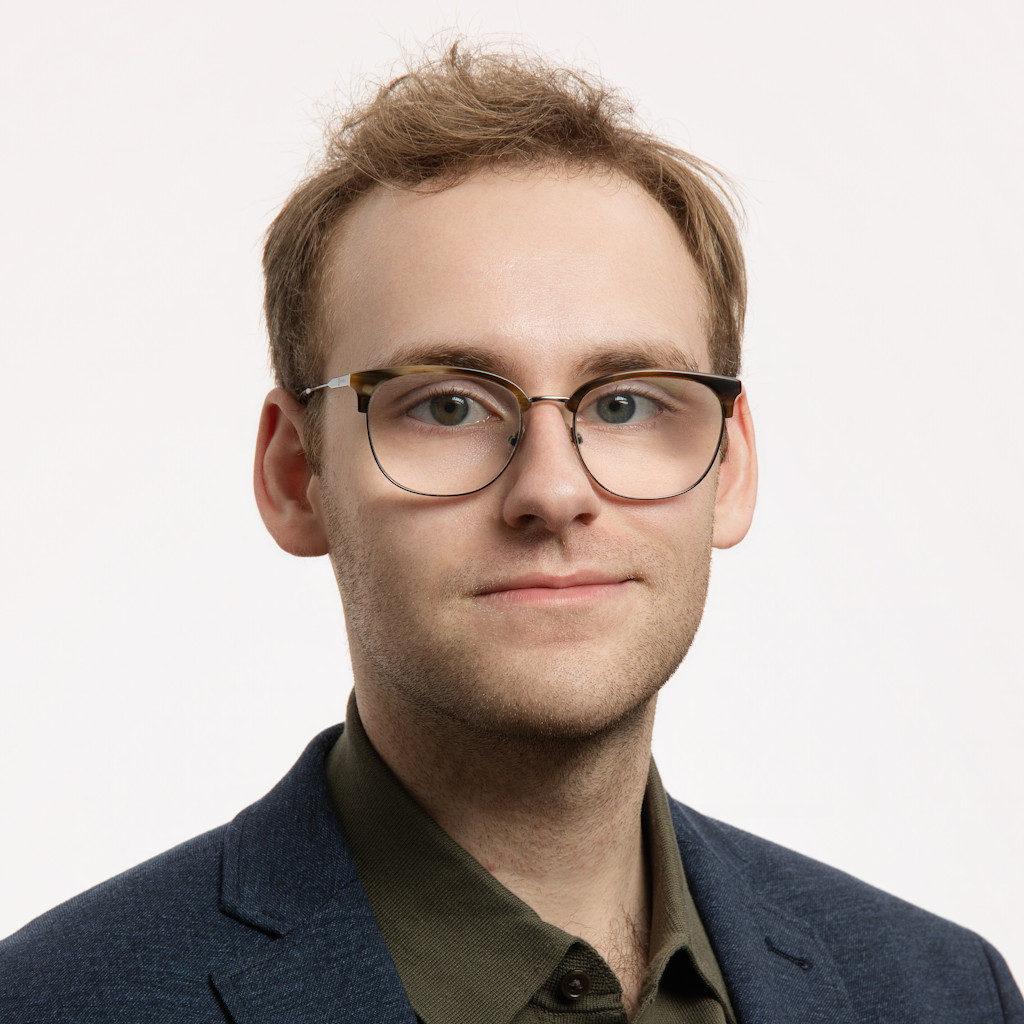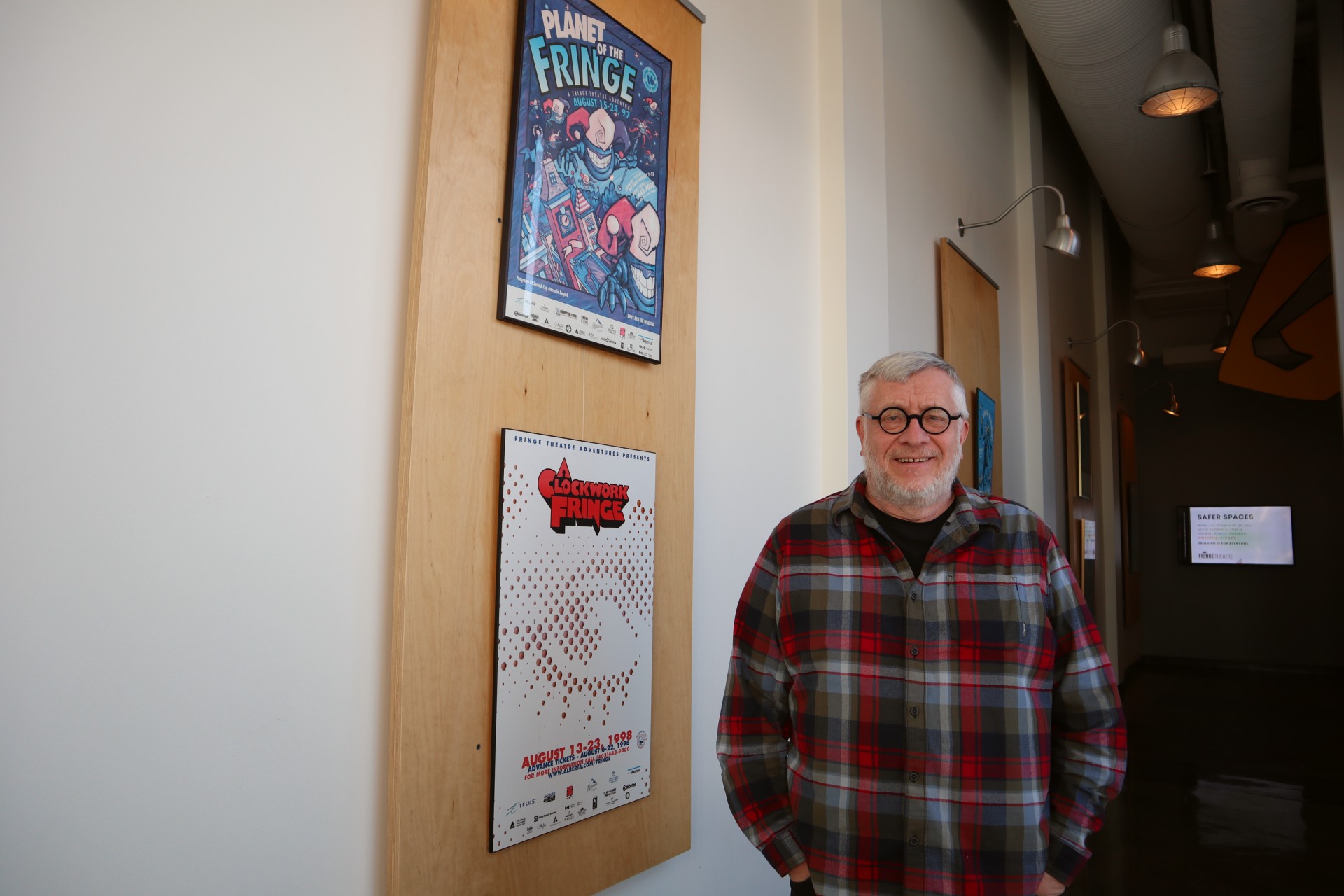
Fringe historian to document Edmonton theatre history
Gerald Osborn, the Edmonton International Fringe Theatre Festival's first official historian, told Taproot that he always lies that he was at the first festival in 1982.
"But I wasn't. I didn't know anything about it," Osborn said. "But then in '83, a friend said, 'Want to go to the Fringe?' And next thing you know, you're sitting in some coffee shop at midnight with a pillar in front of your face and you're watching really strange things, but it was really fun."
Osborn is the Fringe's longest-serving employee and took on the additional role of official historian in January after years of it being an unofficial title. The role is still new, so Osborn said he isn't totally sure what it will entail at the 2025 festival. However, the Fringe is already planning for its 50th anniversary in 2031.
Osborn remembers when artists would camp outside for days in December to secure a spot in the festival; the year the festival started allowing unsanctioned, unconventional venues; and the time police gave warnings about a play with a title involving a crude word for a woman's body part. Unlike many historians, he's been around Fringe since (nearly) the beginning and has firsthand memories of the weird, lovely, and infamous moments that make up the history of North America's largest and oldest fringe theatre festival.
Brian Paisley, then artistic director of Chinook Theatre, started the Edmonton Fringe in 1982, inspired by the Edinburgh Fringe Festival in Scotland, which began in 1947 as an unofficial offshoot "on the fringe of" the stodgy Edinburgh International Festival. With a $50,000 grant from Edmonton Summerfest, the first Fringe had five venues with four or five plays each.
Osborn produced his first Fringe show in 1986. He then started working in the Fringe office in 1989, a job he took, he says, so that he would have access to a real bathroom and not a Port-a-Potty on the Fringe grounds during the festival.
The Strathcona area was a bit dodgy when the Fringe started, Osborn said. "It was a lot of abandoned spaces and things like that, so it was perfect for doing a festival because you had, (for example), this storefront that you can do shows in," he said. "I walk past buildings sometimes, and I stop and I think, 'Did I see a Fringe show here?'"
In a way, Fringe history is Edmonton theatre history, as many artists and companies that saw local and national success did some of their earliest work at the Fringe, he said.
"The summer was really quiet a lot of times for performers, so it was a chance for them to do things that they would normally not be able to do," Osborn said. "And now it's part of the landscape."

